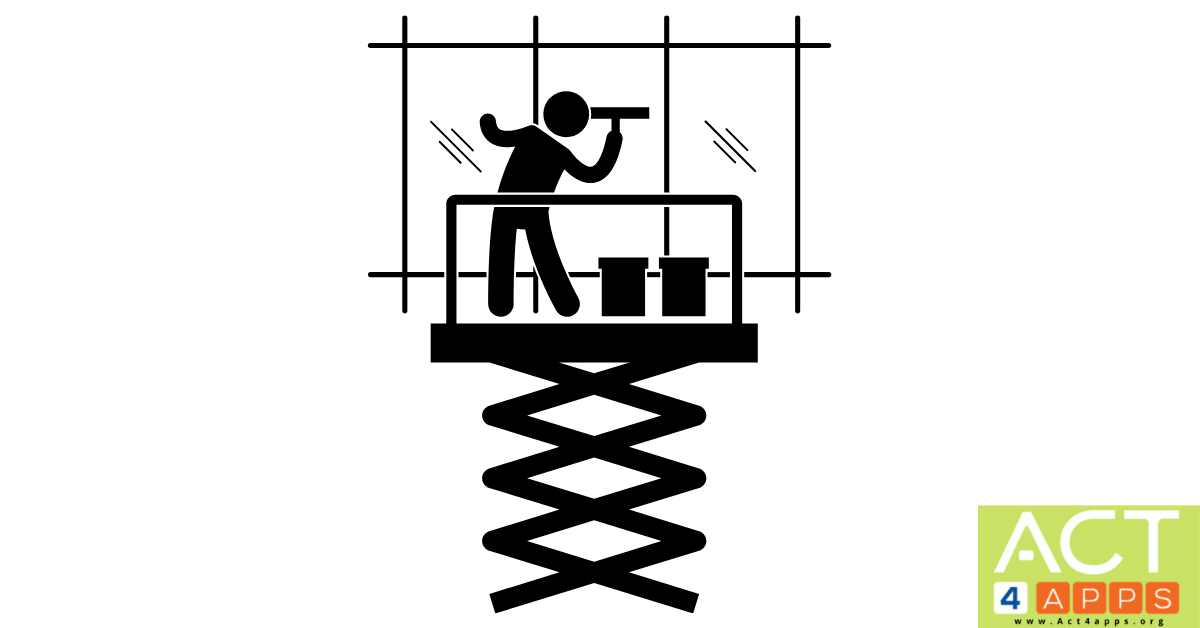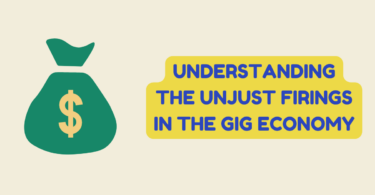
working at heights
Every year in Australia it is estimated that 29 people lose their lives due to work related falls from height. This makes up approximately 10% of work related deaths in Australia. The majority of these deaths were related to falls from ladders and roofs. A sad fact, made even sadder because there are ways to keep your workers safe whilst working from heights.
Whats constitutes as “Working at Heights”?
So what is a fall from height? A fall from height, includes a fall from anything that is elevated above ground level. This can include a small step, ladders, EWP’s ( elevated work platforms), roofs and many more. Whilst in Australia working at heights constitutes working at any height over 2m, serious injury and even death has been recorded from heights well below this. It is up to those responsible for work areas to mitigate the risk of these falls from below 2m to avoid such injuries.
In Australia anyone working at heights above 2m is required, under regulations to have completed a working at heights (RIIWHSD) course. These courses teach individuals how to safely recognise risks, how to mitigate the risk and how to properly use equipment and safety gear when working at heights. It should be understood that sending an employee on a working at heights course is not the be all and end all of working at heights. As an employer it is your responsibility to provide a safe working environment for you employees. Failing to provide this safe environment can lead to dire consequences for both yourself and your employee.
The consequences of an incident
The worst consequence of a fall from height is the death of an employee and potentially imprisonment for you the employer. This is both devastating for your workforce, their families and to your business as a whole. If it is proven that you as the employer were in any way negligent in providing a safe working environment, then imprisonment is a serious possibility, with a crippling fine the alternative.
A death is something that no employer, employee or even associated family member wants to be involved with. Whilst death is the worst consequence, serious injury is another, including: broken limbs, paralysis, soft tissue damage and head injuries. All incidents should be reported immediately to the employer and if deemed necessary to the appropriate safety regulator. As a rule mitigating the risk of falls will keep your employees happier and keep your business running into the future.
How to mitigate the risk of working at heights?
The first step to mitigating or eliminating working at height incidents, is to conduct a risk assessment of your workplace and the tasks performed by your employees. Involving the appropriate employees in this task, will likely provide not only a more in depth risk assessment, but also bolster your internal safety culture. Safety comes from the top down in organisations and if the owner or head management is seen to be taking safety seriously, then it’s likely that employees will follow suit.
Once the risks have been determined, how you reduce or manage this is very important. Providing the appropriate training, safety equipment and safe working methods are all paramount to this. The ultimate way to reduce risk is to remove working at heights if possible. An example of this is a small Perth based window cleaning business. After a close call with an unsecured ladder, the owner of B1 Windows decided to remove the use of ladders whilst cleaning second storey windows. A piece of equipment was bought ( pure water cleaning machine) to clean the windows from the ground, and now the associated risk with working at heights for this task has been lowered to zero.
It is essential as a business owner to ensure that you are up to date with all of the latest info with regards to your employees safety, including and not limited to working at heights safely.






